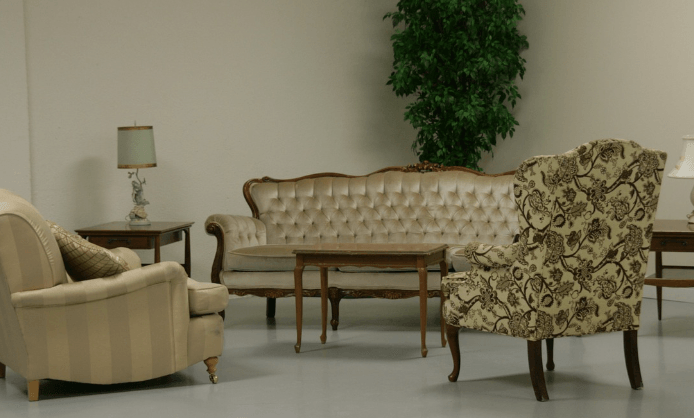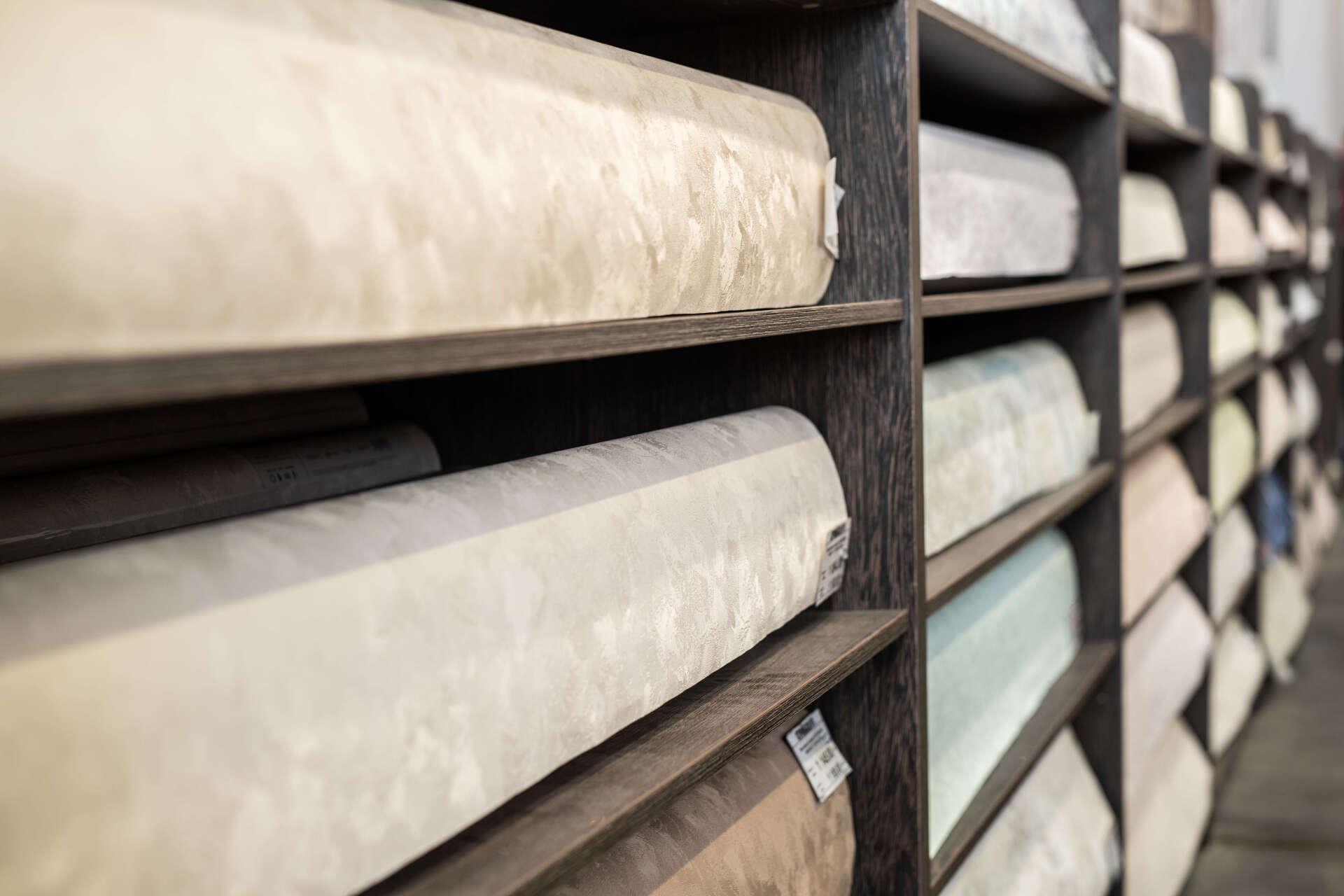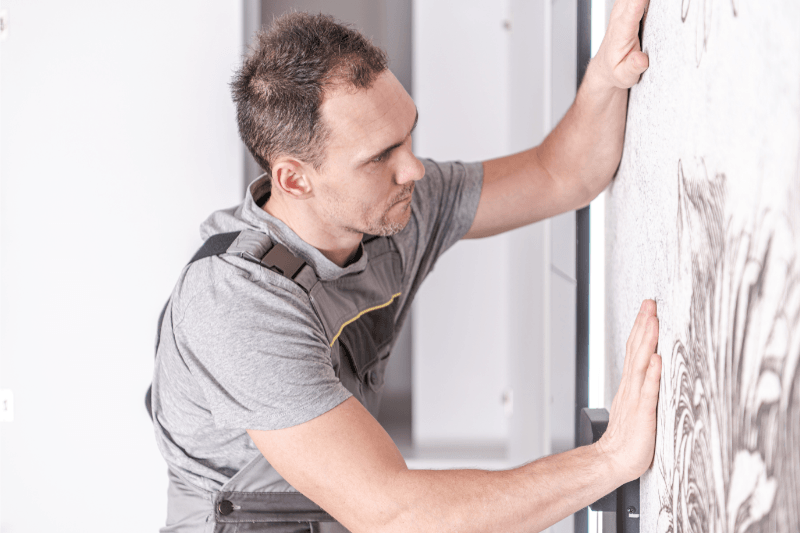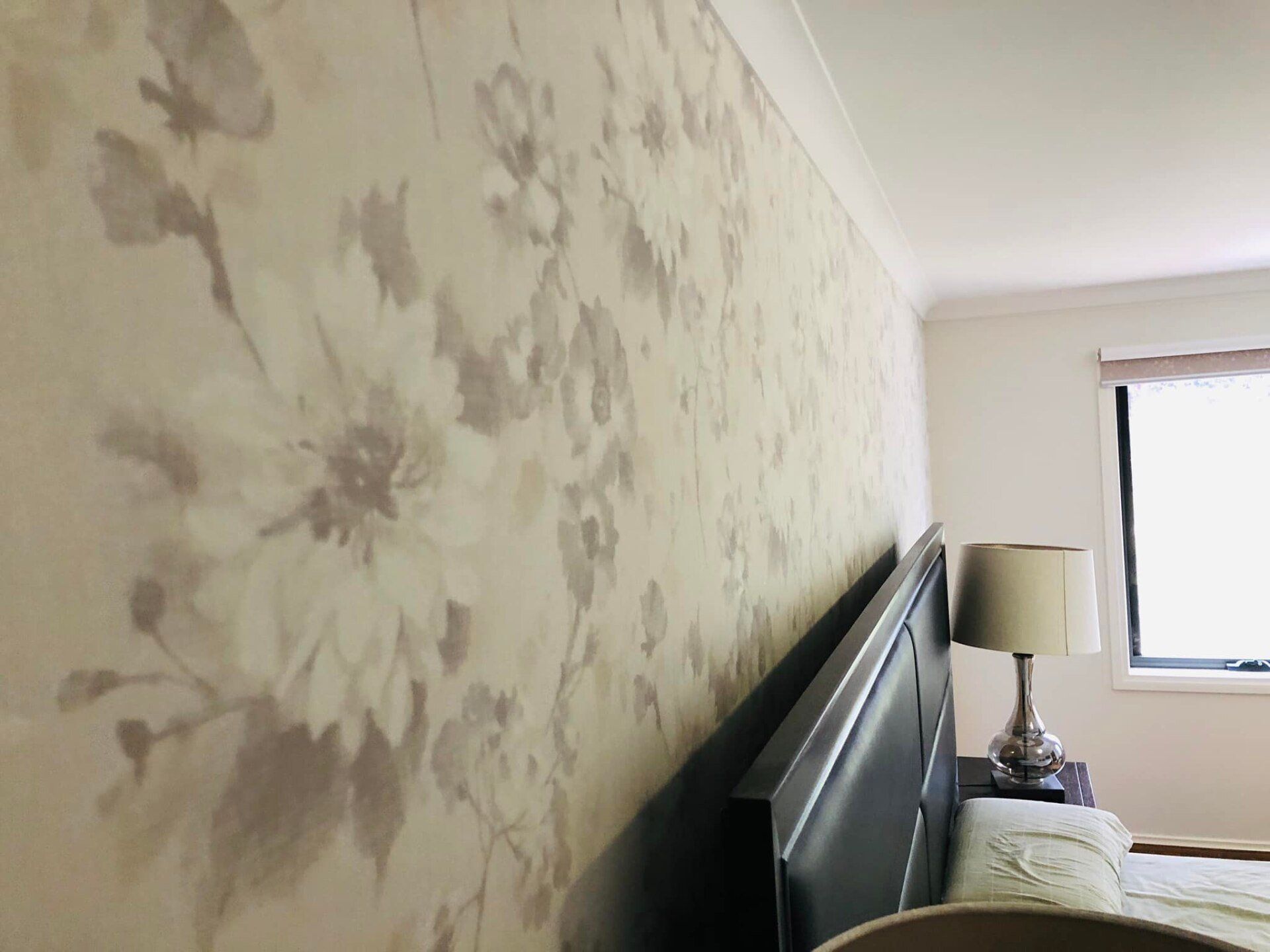Where Should You Start When Wallpapering
Where Should You Start When Wallpapering
When wallpapering, there are a few factors you need to take into consideration before starting. You need to decide what wallpaper you want, measure the space, and then purchase the wallpaper. Once you have all of your supplies, it's time to start wallpapering! However, many people make the mistake of starting in the middle of the wall, but this can cause issues later on. Here, you will learn how to get wallpapering perfectly.

Hanging wallpaper is a process that requires a bit of planning ahead. The first step is to choose the right wallpaper. There are many different types and styles to choose from, so take your time and pick something that you love. Then you need to start with a clean, dry, and dust-free surface. Otherwise, your wallpaper won't stick! Next, measure the wall or surface you'll be hanging the wallpaper on. This will help you determine how much wallpaper you'll need to buy. Finally, choose your paste - traditional peel-and-stick wallpaper requires a paste-the-paper adhesive, while pre-pasted wallpaper uses...you guessed it...a pre-applied adhesive. Now, let's take it step by step to ensure you're ready to start wallpapering!
How To Install Wallpaper (DIY)
DIY wallpapering may seem like a daunting task, but it's actually quite simple once you get hang of it (no pun intended). To start, you'll need to gather your supplies: wallpaper, paste, brush, and water. Once you have everything you need, it's time to hang the wallpaper:
#1 Wallpaper comes in a variety of textures, colors, and designs - so it's important to choose the right wallpaper pattern for your space
Hanging wallpaper is a great way to add personality and style to any room in your home. But with so many textures, colors, and designs to choose from, it can be tricky to select the right pattern for your space. Fortunately, we have a few tips to help you get started. Furthermore, consider the focal point. Some patterns are designed to be hung horizontally, while others are meant for vertical line. Make sure you select a pattern that will work with the wall you're covering.
Finally, don't forget to factor in your own personal style! Choose a wallpaper that makes you happy and represents your taste.
#2 Measure the walls to determine how much wallpaper you'll need
You don't want to realize your walls are wider than you assumed after you hung wallpaper. Hence, measuring your walls is a crucial step in determining how much wallpaper you'll need to purchase. To do this, start by measuring the width and height of each wall. Then, add up all of the measurements to get the total square footage. Keep in mind that you'll also need to factor in the excess paper for pattern matching and trimming. For example, if your total square footage is 100 square feet, you should plan on buying about 120 square feet of wallpaper. With some more effort, you'll soon have beautiful, custom-made wallpaper that will enhance any room in your home.
#3 Prep the walls by ensuring they are smooth, free of dirt and dust, and completely dry
Before you hang wallpaper, prep the walls by ensuring they are smooth, free of dirt and dust, and completely dry. This will help the wallpaper adhere properly and prevent air bubbles from forming. To prepare the walls, start by using a sponge or cloth to remove any loose dirt or dust. Then, use a vacuum with a soft brush attachment to suck up any remaining debris. Once the walls are clean, use a hairdryer on a low setting to make sure they are completely dry before you hang the wallpaper. By taking the time to prep your walls correctly, you'll be able to enjoy your new wallpaper for years to come.
#4 Cut the wallpaper to size using a sharp blade or scissors before hanging wallpaper
Before you can begin hanging your wallpaper, you need to first cut it to size. This may seem like a straightforward task, but there are a few things to keep in mind in order to achieve the best results. First, be sure to use a sharp blade or pair of wallpaper scissors; this will help to ensure clean, crisp edges. Second, when trimming excess paper from the edges of the roll, be careful not to cut too much; you don't want your wallpaper to be too small for the wall! Finally, take care when handling the trimmed edges of the paper; they can be quite sharp and can easily tear if not handled correctly. With these tips in mind, cutting your wallpaper to size will be a breeze!
#5 Apply the wallpaper paste to the back of the paper and then stick it to the wall
There are two main types of wallpaper - pre-pasted and paste-the-wall. Pre-pasted wallpaper has a layer of adhesive on the back that is activated by water, while paste-the-wall paper must have the adhesive applied to it before it is hung. Paste-the-wall paper is generally considered to be easier to work with, as it eliminates the need for a pasting table and you can hang the paper vertically or horizontally. When installing wallpaper, it is important to start at the top of the wall and work your way down. Hang each strip of paper so that the seams will line up with those of the previous strip. Once all of the paper is in place, any excess paste can be removed with a damp cloth.
#6 After you hang wallpaper, smooth out any wrinkles or bubbles with a brush or sponge
After you wallpaper seams, hang wallpaper, the entire wall may have wrinkles or bubbles. To smooth out these imperfections, you will need a wallpaper smoother, a paper hanging brush, or a seam roller. Wallpaper smoothers are the most efficient way to remove wrinkles and air bubbles. First, wet the wallpaper with a sponge. Next, run the wallpaper smoother over the entire surface. Finally, use a cloth to remove any excess water. If you do not have a wallpaper smoother, you can use a paper hanging brush or seam roller. First, wet the wallpaper with a sponge. Next, use the brush or roller to gently press the wallpaper into place. Finally, use a cloth to remove any excess water.
Conclusion
Now that you know how to start wallpapering, hang wallpaper, and remove wrinkles or bubbles, you are ready to tackle this project on your own! With a little bit of time and effort, you can easily transform any room in your home with wallpaper. If you want to get the best results, it is advisable that you call on the experts! So what are you waiting for? Let's get you started today!
About SYD Wallpapering
You want to give your home a new look but don't have the time or money for a full renovation. You're not alone. Most people would love to renovate their homes but just can't find the time or money.
SYD Wallpapering is here to help. We offer an affordable, convenient, and professional wallpapering service that will give your home a whole new look in just a few hours. Contact us today to realize your dream home, or visit our website.
You might also like
SYD Wallpapering Blog



